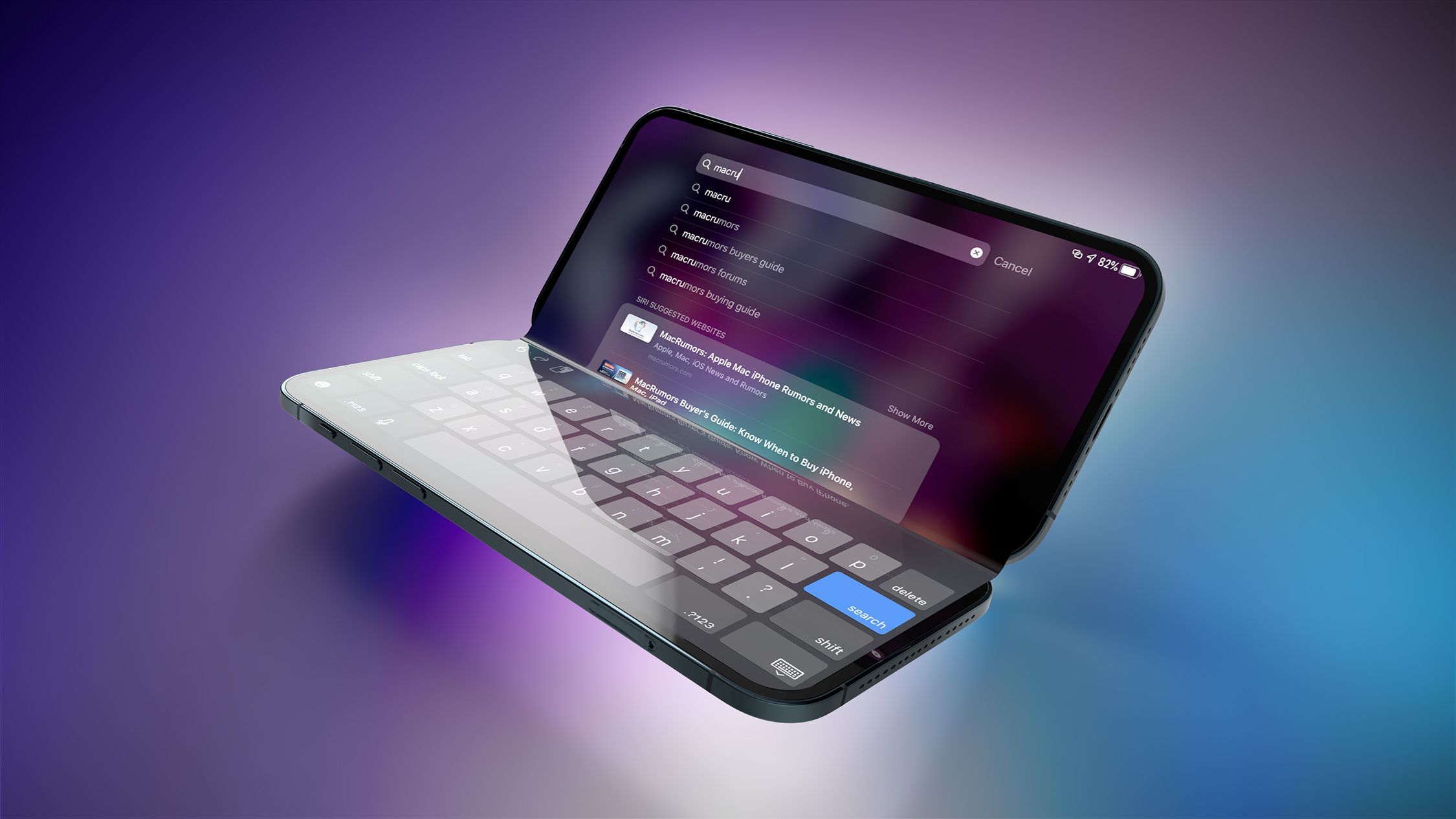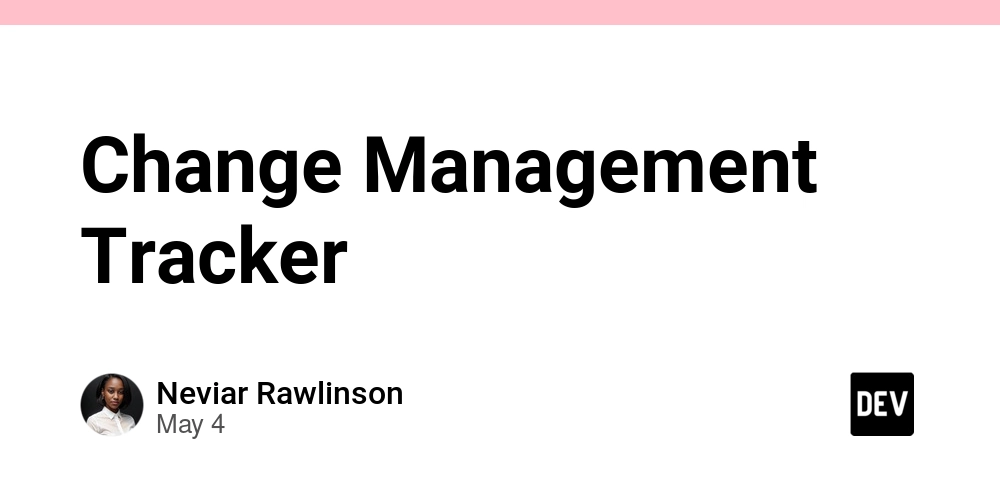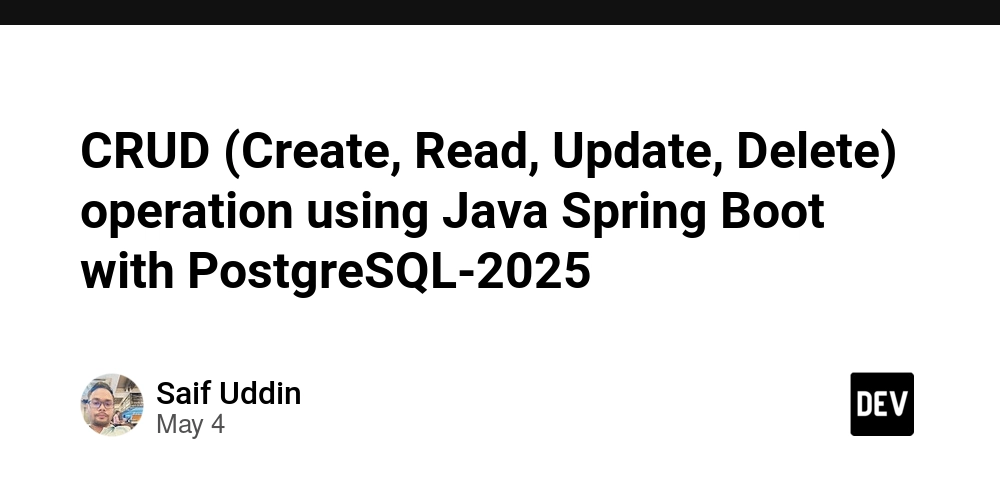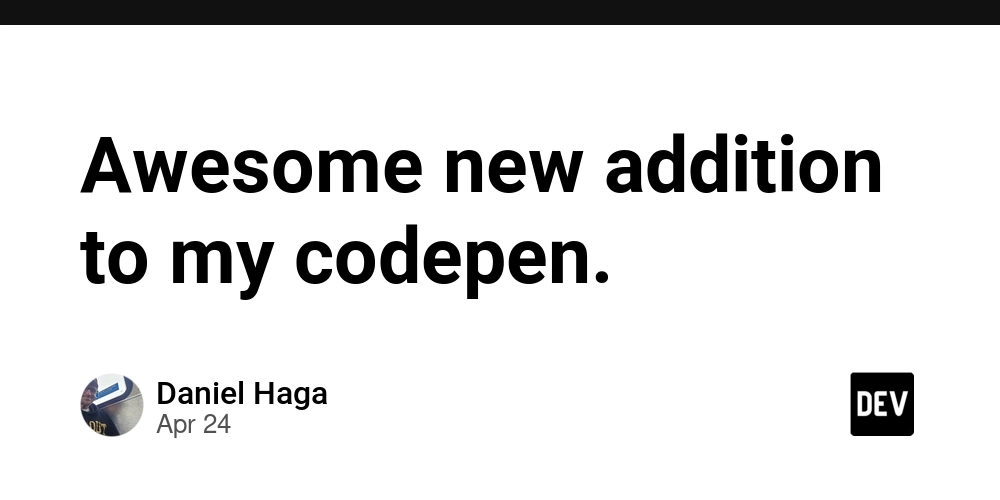How to Use Pointers in Golang in 2025?
In 2025, Golang, also known simply as Go, continues to be a leading language for high-performance applications. Pointers in Go provide a way to directly manage memory and can be a powerful tool for optimizing programs. This article will guide you through the basics and best practices of using pointers in Golang. What are Pointers? Pointers are variables that store the memory address of another variable. Instead of holding a value directly, a pointer points to an address in memory where the actual value is held. In Go, pointers are denoted by the * symbol. Why Use Pointers? Efficiency: Passing large structs as pointers to functions can save memory and increase performance since you avoid copying data. Mutability: Pointers allow you to modify the original value of a variable, rather than working with a copy. Interfacing with C: When using Go's cgo to interface with C code, pointers are often necessary. Setting Up Your Golang Environment Before diving into pointers, ensure that your Go development environment is properly set up. If you need guidance, check out this tutorial on setting up a Golang environment. Using Pointers in Golang Declaring a Pointer To declare a pointer, use the * operator followed by the type of the variable it will point to: var num int = 10 var ptr *int = &num Here, ptr is a pointer to an int, and &num gets the memory address of num. Pointer Dereferencing To access or modify the value that a pointer points to, you can dereference it using the * operator: fmt.Println(*ptr) // Outputs: 10 *ptr = 20 fmt.Println(num) // Outputs: 20 Pointers with Functions Functions can accept pointers as arguments to modify the input variables: func updateValue(num *int) { *num = 50 } func main() { value := 10 updateValue(&value) fmt.Println(value) // Outputs: 50 } Common Mistakes with Pointers Nil Pointers: Ensure pointers are not nil before dereferencing to avoid runtime panics. Avoiding Memory Leaks: Ensure that your code does not inadvertently keep references to variables that are no longer needed. Related Topics Understanding the difference between value receivers and pointer receivers can further optimize your application. Learn more about Golang value receivers. Comparing data is an essential part of programming. Learn how to efficiently compare bytes using pointers with this guide. Conclusion Pointers are a crucial concept in Golang programming, providing enhanced control over memory management and optimizing the performance of applications. By understanding how to declare, use, and troubleshoot pointers, you can write more efficient and robust Go programs. As always, ensure best practices in your coding to maintain clarity and prevent errors. Dive deeper into related topics to fully harness the power of Go in your development projects.

In 2025, Golang, also known simply as Go, continues to be a leading language for high-performance applications. Pointers in Go provide a way to directly manage memory and can be a powerful tool for optimizing programs. This article will guide you through the basics and best practices of using pointers in Golang.
What are Pointers?
Pointers are variables that store the memory address of another variable. Instead of holding a value directly, a pointer points to an address in memory where the actual value is held. In Go, pointers are denoted by the * symbol.
Why Use Pointers?
- Efficiency: Passing large structs as pointers to functions can save memory and increase performance since you avoid copying data.
- Mutability: Pointers allow you to modify the original value of a variable, rather than working with a copy.
-
Interfacing with C: When using Go's
cgoto interface with C code, pointers are often necessary.
Setting Up Your Golang Environment
Before diving into pointers, ensure that your Go development environment is properly set up. If you need guidance, check out this tutorial on setting up a Golang environment.
Using Pointers in Golang
Declaring a Pointer
To declare a pointer, use the * operator followed by the type of the variable it will point to:
var num int = 10
var ptr *int = &num
Here, ptr is a pointer to an int, and &num gets the memory address of num.
Pointer Dereferencing
To access or modify the value that a pointer points to, you can dereference it using the * operator:
fmt.Println(*ptr) // Outputs: 10
*ptr = 20
fmt.Println(num) // Outputs: 20
Pointers with Functions
Functions can accept pointers as arguments to modify the input variables:
func updateValue(num *int) {
*num = 50
}
func main() {
value := 10
updateValue(&value)
fmt.Println(value) // Outputs: 50
}
Common Mistakes with Pointers
- Nil Pointers: Ensure pointers are not nil before dereferencing to avoid runtime panics.
- Avoiding Memory Leaks: Ensure that your code does not inadvertently keep references to variables that are no longer needed.
Related Topics
- Understanding the difference between value receivers and pointer receivers can further optimize your application. Learn more about Golang value receivers.
- Comparing data is an essential part of programming. Learn how to efficiently compare bytes using pointers with this guide.
Conclusion
Pointers are a crucial concept in Golang programming, providing enhanced control over memory management and optimizing the performance of applications. By understanding how to declare, use, and troubleshoot pointers, you can write more efficient and robust Go programs. As always, ensure best practices in your coding to maintain clarity and prevent errors. Dive deeper into related topics to fully harness the power of Go in your development projects.











































































![Apple Developing Battery Case for iPhone 17 Air Amid Battery Life Concerns [Report]](https://www.iclarified.com/images/news/97208/97208/97208-640.jpg)
![Apple to Split iPhone Launches Across Fall and Spring in Major Shakeup [Report]](https://www.iclarified.com/images/news/97211/97211/97211-640.jpg)
![Apple to Move Camera to Top Left, Hide Face ID Under Display in iPhone 18 Pro Redesign [Report]](https://www.iclarified.com/images/news/97212/97212/97212-640.jpg)
![AirPods 4 On Sale for $99 [Lowest Price Ever]](https://www.iclarified.com/images/news/97206/97206/97206-640.jpg)











































































































_Inge_Johnsson-Alamy.jpg?width=1280&auto=webp&quality=80&disable=upscale#)


























































































































![[The AI Show Episode 145]: OpenAI Releases o3 and o4-mini, AI Is Causing “Quiet Layoffs,” Executive Order on Youth AI Education & GPT-4o’s Controversial Update](https://www.marketingaiinstitute.com/hubfs/ep%20145%20cover.png)































































































































































![From Art School Drop-out to Microsoft Engineer with Shashi Lo [Podcast #170]](https://cdn.hashnode.com/res/hashnode/image/upload/v1746203291209/439bf16b-c820-4fe8-b69e-94d80533b2df.png?#)

![[FREE EBOOKS] Learn Computer Forensics — 2nd edition, AI and Business Rule Engines for Excel Power Users & Four More Best Selling Titles](https://www.javacodegeeks.com/wp-content/uploads/2012/12/jcg-logo.jpg)



































































































